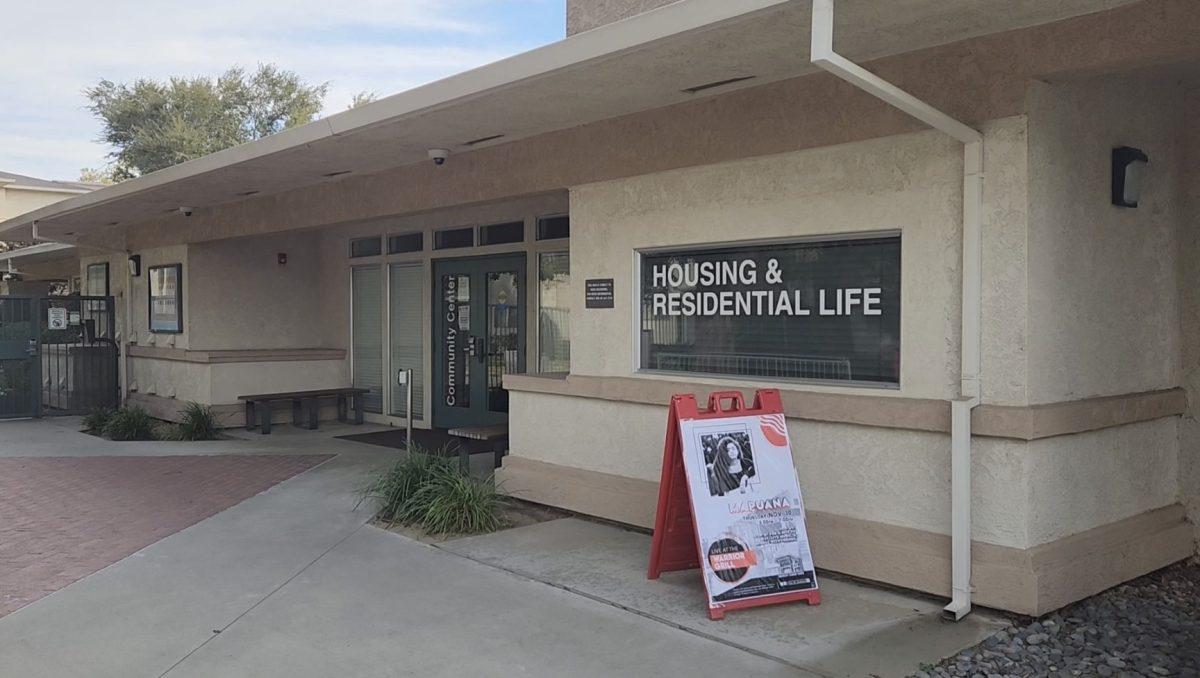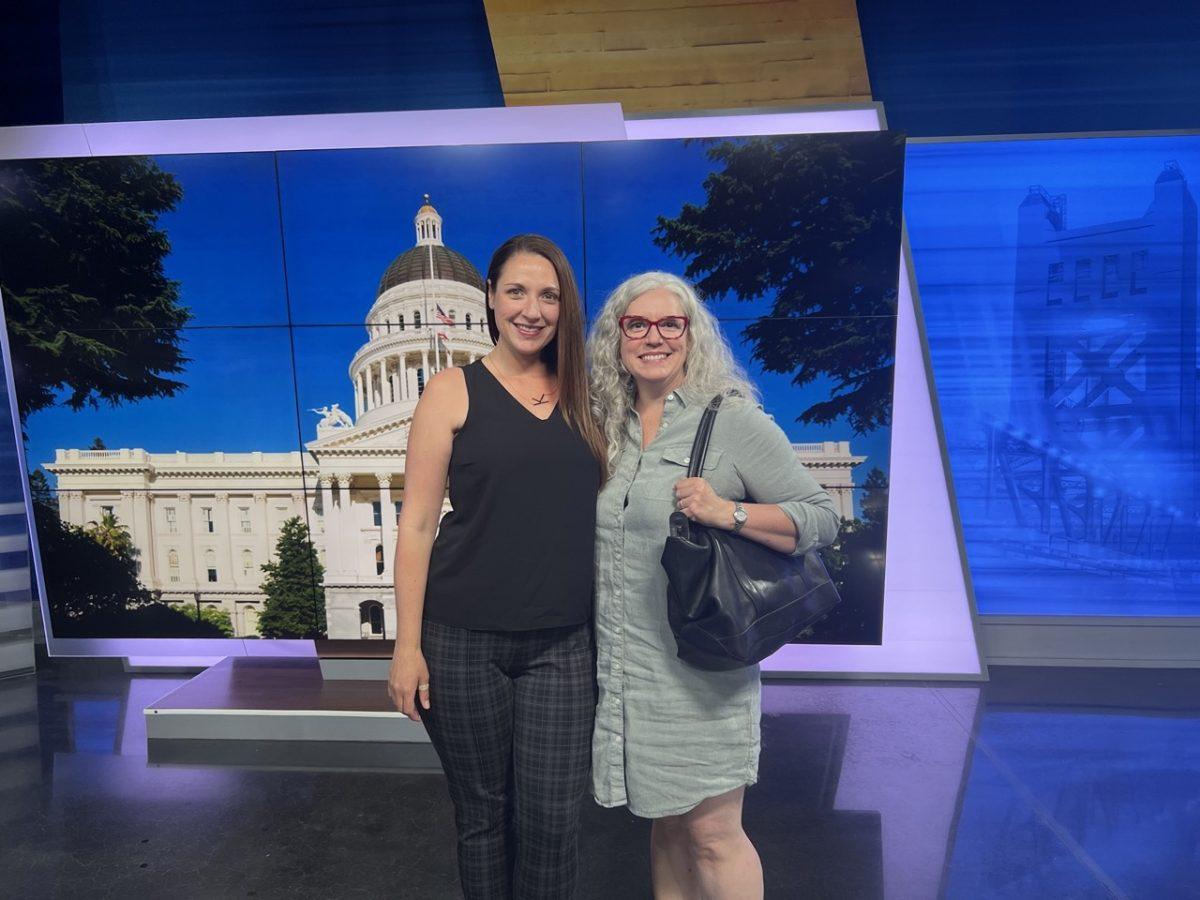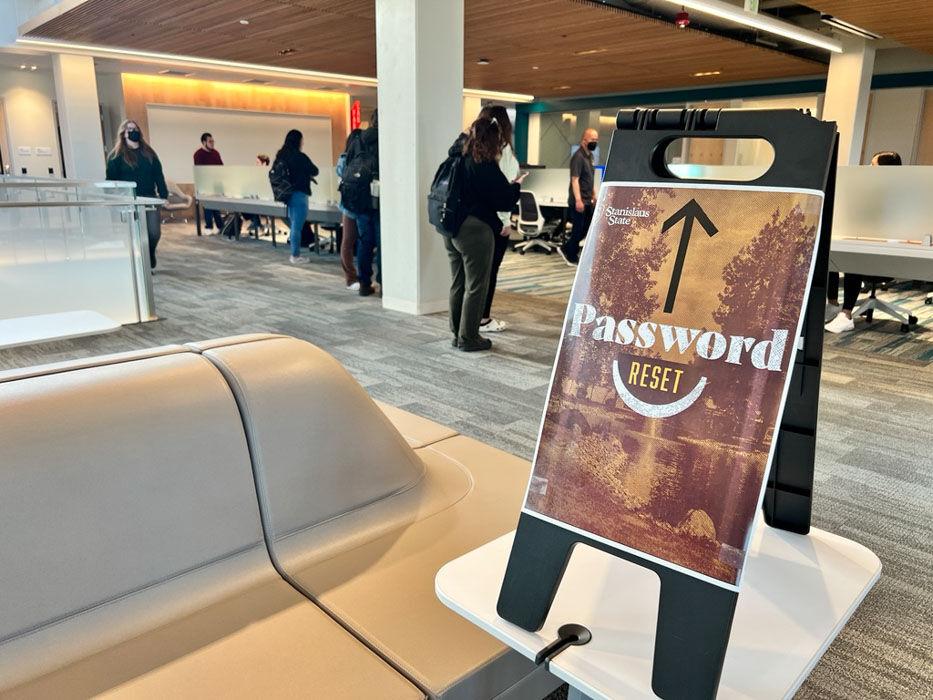Oh, sometimes I wish I had a magic wand. Or at the very least, the ability to give voice to the voiceless. Fortunately, the spirit of the first amendment is just that ‒ a way to let the people be heard. What is in my power is to inform our readers on how to make a difference.
After years spent in kitchens and closets, it has begun to come to the public’s attention that women, non-heterosexual people, transgender people and people of color (brace yourselves, this is huge) exist and have feelings. Not only do they have feelings, but they (we) also find themselves (ourselves) contending with a culture that has been built around one type of person: the white, cisgender, heteronormative male.
Before I find myself flooded with hate mail, let me point out that I in no way mean to disparage the above mentioned man. On the contrary, the cultural habits that suppose such non-inclusion do damage to the white, cisgender, heteronormative male, as well.
In the interest of time (and space), I’d like to focus on why victim-blaming and clinging to gender stereotypes is hurtful and harmful.
Victim-blaming is easy to do, much easier than recognizing the plight of another human being. It’s almost a knee-jerk reaction by the brain to keep us from realizing that that could be us. We all want to believe that we are capable of pulling ourselves out of any predicament by our bootstraps. It’s the American cultural identity. But, believing something doesn’t make it so. If it did, I would have a pet unicorn by now.
Victims of any crime don’t “earn” their attacks. Often people are victimized because they are already easy prey. A family might be robbed because somebody left the door open, or a car might be stolen because it had no alarm. The same logic follows for those who are raped, assaulted or caught in the hell of domestic violence, except that most of the time the security flaws are the fact that they are women.
Skirt length, levels of inebriation or a willingness to trust a partner who is often kind and sometimes violent are not the things that cause one to be victimized. When a person is considered subhuman by the society they live in, oppression occurs. Because really, who is going to stop them from creating more victims? That’s your best case scenario. The worst case? When the oppression is so ingrained into cultural attitudes that it just seems “normal.”
On the topic of normal, be careful of what you may consider “normal” and how you put it off onto other people. Specifically in regards to sexual orientation. It may seem like it isn’t a big deal to assume the sexuality of another person, but it is a huge deal. Being straight isn’t the default. Remember that.
It is this illusion of “normal” that causes the status quo to remain unchallenged while women, members of the LQBTQIA+ community and people of color continue to be denied authority over their own identities. In the interest of deconstructing “normal,” I would also like to turn our attention to gender stereotypes. One of those cited was that “girls are good at pushing buttons.” Some are. Some aren’t. Some boys are good at pushing buttons. Some dogs are good at pushing buttons. This in no way describes all girls and more importantly is another form of blame shifting.
When we accept untruths (stereotypes) as fact, it makes the world a lot harder to navigate. This is why schizophrenia is such a paralyzing disease. A math problem can’t be solved if the book lies about the numbers, neither can life be tackled if our culture continues to misrepresent its members.
Title IX (and all laws in the United States) is an attempt to safeguard the people. All of the people. But it won’t do the work it was designed to do if the spirit of the law is not understood. Title IX prohibits discrimination based on sex (that means gender AND sexual orientation). How can one prevent assault of non-heterosexual identities if one hasn’t yet admitted that they exist?
So what can one person do? A lot, actually—and it doesn’t have to take the form of blowing up the Twitter feed of offensive speakers. Cultural changes can be enacted by recognizing when assumptions about “how things are” ignore the existence of marginalized groups. Small behavioural changes, like monitoring the language we use (“man up,” “don’t be a girl,” “I raped that test”), invite those that are not white, cisgender males to be an active part of the conversation. Go look up Duke College’s “You don’t say” campaign for more on that ‒ it’s really cool.
Listening to each other, and resolving to take seriously the hurts and offenses of others, is the largest step we can make towards a culture of nonviolence. It’s like my girl Gloria Steinem said, “Whenever one person stands up and says, ‘Wait a minute, this is wrong,’ it helps other people do the same.”
Categories:
Deconstructing “normal”
By Melisa Koessel
•
October 2, 2014
0
Donate to Signal
Your donation will support the student journalists of California State University, Stanislaus. Your contribution will allow us to purchase equipment and cover our annual website hosting costs.
More to Discover






